Piano Man by Billy Joel
Buy Piano Man While in the midst of a bitter legal with his first label Family Records, Billy Joel sought exile in Los Angeles, biding his time as a lounge singer under the […]
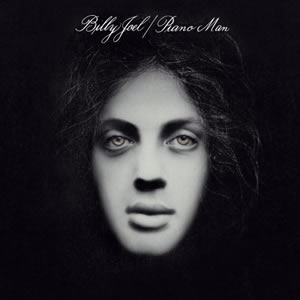
Buy Piano Man While in the midst of a bitter legal with his first label Family Records, Billy Joel sought exile in Los Angeles, biding his time as a lounge singer under the […]
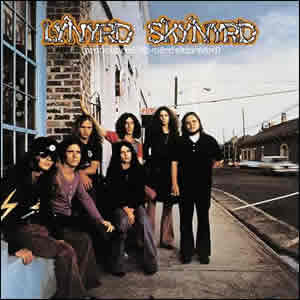
Buy Pronounced ‘lĕh-‘nérd ‘skin-‘nérd Lynyrd Skynyrd burst onto the national scene with their 1973 debut Pronounced ‘lĕh-‘nérd ‘skin-‘nérd, which not only featured many of the band’s most popular songs but also defined the […]
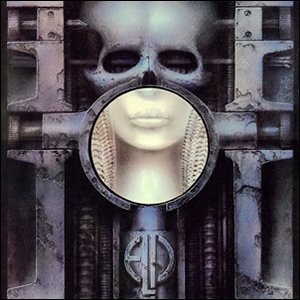
Buy Brain Salad Surgery Emerson, Lake, & Palmer reached their progressive climax with their fourth studio album Brain Salad Surgery. It was the group’s most ambitious and commercially successful album, with a mixture […]
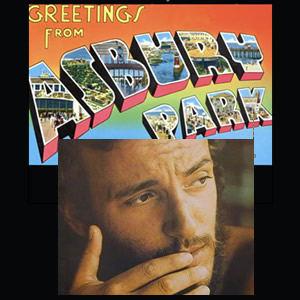
Buy Greetings from Asbury Park, NJ Buy The Wild, The Innocent, and the E Street Shuffle Bruce Springsteen started off his recording career with two albums in 1973, Greetings from Asbury Park, NJ, […]

Buy There Goes Rhymin’ Simon For his second post-Garfunkel effort, Paul Simon found a nice sonic balance with There Goes Rhymin’ Simon. This album is bookmarked by two of his top pop hits […]
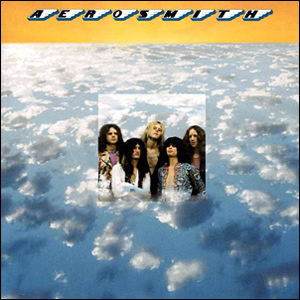
Buy Aerosmith Aerosmith emerged as a blues rock alternative in a music sea of glam rock and prog rock of the early 1970s. Their impressive 1973 debut album doesn’t contain anything particularly innovative […]
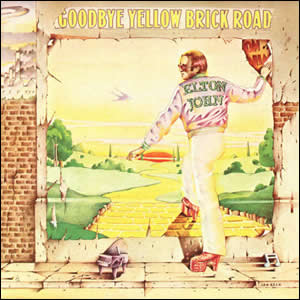
Buy Goodbye Yellow Brick Road We’ve been down this road before of critiquing double albums which would have worked better as a single album. See our recent review of Exile On Main Street […]
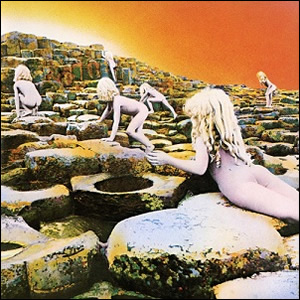
Buy Houses of the Holy Led Zeppelin took stock of their phenomenal fame with Houses of the Holy, with deep contributions from each member of the rock quartet. This fifth album was released […]